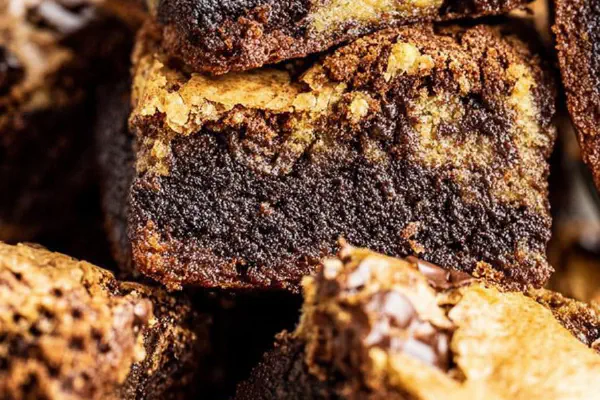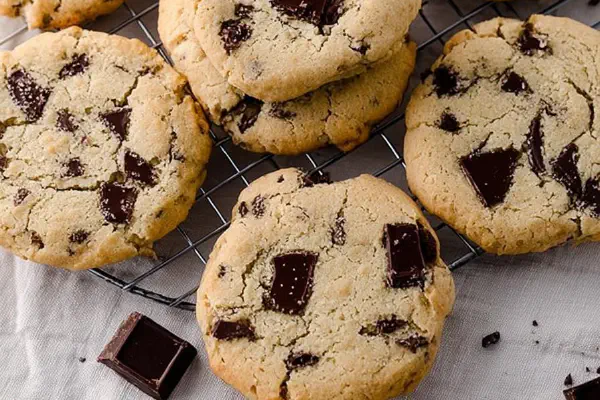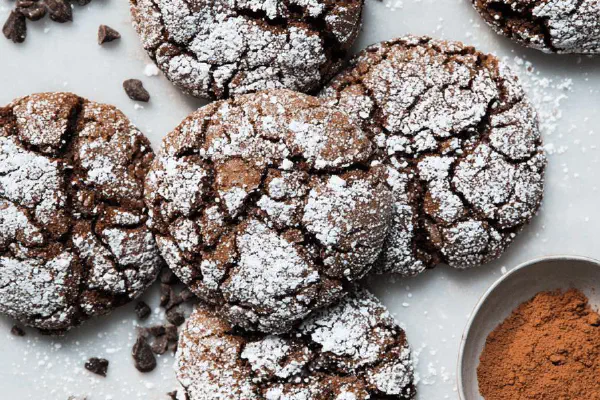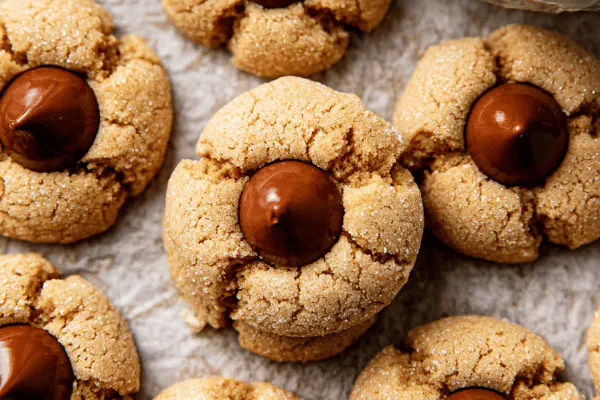Featured Recipe
Vegan Hazelnut Chocolate Cookies
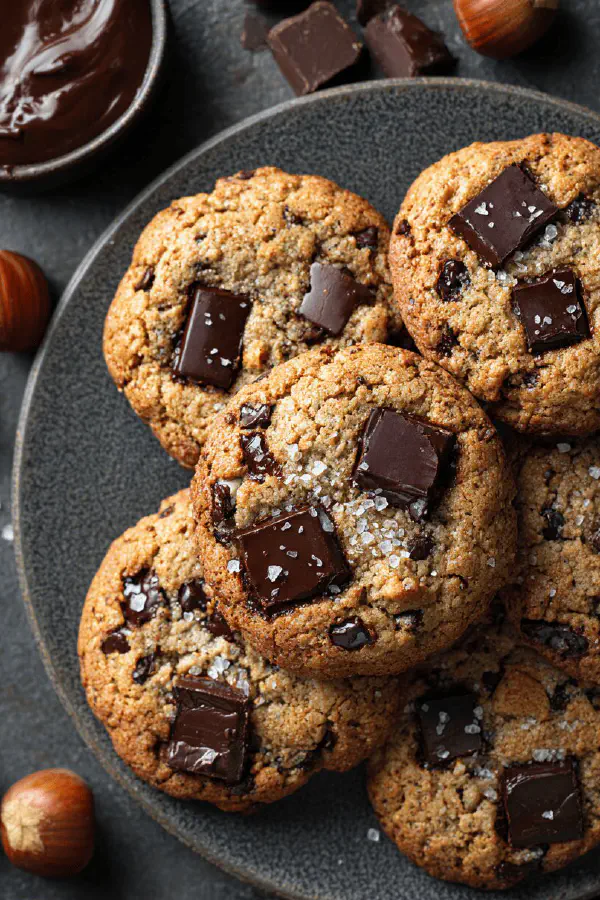
By Kate
"
Crunchy outside, chewy inside. Hazelnuts toasted until fragrant, dark chocolate chunks melting just right. Oil-based binders keep them moist without eggs or dairy. Slight caramel notes from brown sugar, balanced by a sprinkle of flaky sea salt. Substitutions possible with almond oil or soy milk. Dough can rest in fridge or freeze for ease later. Watch for golden edges but soft-centered texture. Bubbles and cracking top signal near-done. A tactile reminder: edges firmer, middle still yielding. Avoid overbaking. Ideal for grab-and-go treats or paired with coffee. Slightly nutty aroma fills kitchen while baking.
"
Prep:
20 min
Cook:
12 min
Total:
32 min
Serves:
15 cookies
cookies
vegan
baking
dessert
chocolate
Introduction
Diving headlong into nutty, chocolaty vegan biscuits. No eggs, no dairy, no fuss. Oil replaces butter, soy milk adds moisture without heaviness. Brown sugar caramelizes, small amounts of baking soda lift without bitterness. Hazelnuts toasted until popping aroma fills the kitchen, chocolate chunks dispersed unevenly for surprise pockets. Easy dough, forgiving, designed for maximum texture play. Chilling dough optional but recommended to keep shape. Baking times shift slightly by oven, altitude, batch size—learn to read your oven’s mood. Crisp edges, soft middle, fleck of salt cracks on top awaken sweet. Great snack, easy lunchbox addition, even crowd pleaser at gatherings. Focus on tactile touch and color—not just the clock.
Ingredients
About the ingredients
Flour reduced slightly to balance added moisture from plant milk variant. Hazelnut oil switches with almond or neutral vegetable oil like grapeseed if hazelnut unavailable. Brown sugar provides depth; light or dark can be used but impacts final taste. Soy milk preferred for neutral flavor and protein content to aid structure. Chocolate chunks are important, not chips, so melting is uneven—pockets of gooey richness. Toast hazelnuts beforehand for aroma; raw nuts don’t deliver same flavor punch nor texture. Sea salt flakes finish adds crunch and contrast but can omit if unavailable. Freezing dough balls helps hold shape during baking, prevents excessive spreading. Mixing by hand favored to avoid overworking gluten.
Method
Technique Tips
Prioritize preparing the dough in two bowls to maintain dry and wet ingredient integrity. When mixing, folding gently means sturdy yet tender biscuit. Avoid overmixing to keep crumb tender, not tough. Scoop dough with spoon or ice cream scoop for uniform sizes—equally sized cookies bake evenly. Space generously; dough spreads less if chilled. Bake one sheet at a time to ensure consistent heat distribution and texture. Look for golden edges with some cracks forming on surface as doneness cues. Underbaking yields chewiness; overbaking dries out cookie—aim for slightly soft middle that firms on cooling. Adding salt after baking preserves its texture and flavor impact. Cooling on tray lets residual heat complete cooking without crisping wrinkles. Storage airtight avoids moisture absorption which ruins crunch or chew balance. Reheating briefly in oven or toaster oven revives texture without baking again.
Chef's Notes
- 💡 Dough moisture critical. Measure flour accurately; change with milk type. Slight adjustments may be needed. Texture varies; look for right consistency.
- 💡 Watch oven closely. Heat spots shift, adapt baking time. Different environments alter results. First batch cues—notice edges and centers.
- 💡 Substituting can work. Different oils affect flavor more than texture. Almond, canola work. Watch hazelnut taste preference; don’t skip toasting.
- 💡 Room temperature ingredients create better blend. Everything mix evenly. Cold ingredients separate, add lumps. Skip chilling extremes before blending.
- 💡 Cooling crucial. Let cookies firm on tray. If stored too soon, lose chewy texture. A little waiting works wonders; next time don't rush.
Kitchen Wisdom
Can I use regular milk?
Sure. But consider taste impact. Texture slightly different; maybe reduce sugar a bit for balance.
What if dough is too sticky?
Add more flour. Start with small amounts. Adjust as necessary; can chill to firm up for easier scooping.
Can I use peanut butter instead of oil?
Possible. Changes texture; cookies firmer. Balancing other ingredients needed—it may change flavor.
How long do they last?
Up to a week in airtight container. Freezing works too. Wrap well; thawing reactivates texture. Just avoid moisture.
